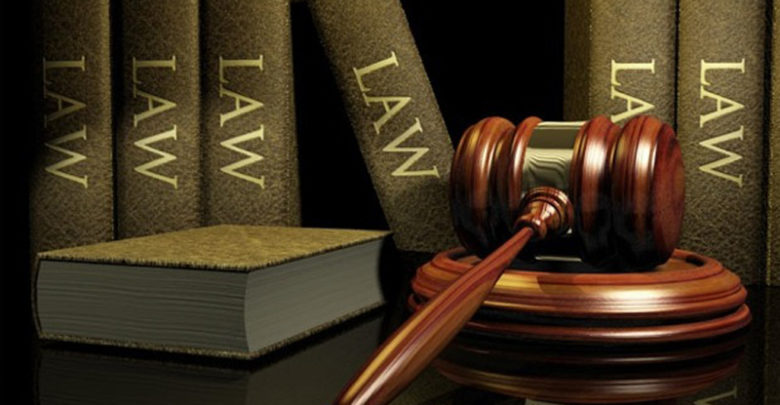Intellectual PropertyIP Enforcement
Patents for Living Organisms

Biological diversity is undergoing a dangerous wave of privatization under the label of Intellectual Property Rights, through the patenting of plants, animals, genes and smaller parts of DNA. A biological patent is a patent relating to an invention in biology. Patents were historically developed to ensure that the inventors could get the financial return and benefits deriving out of the use of their inventions. Patents are guarantees given by government that provide an inventor with exclusive rights to use, sell or manufacture for a set period of time. (20 years in U.S and India).
Earlier living organisms were always considered as discoveries of nature and unpatentable. But in 1980, in the land mark case of Diamond v/s Chakrabarty, the U.S Supreme Court ruled that the living organism, a bacterium that could digest crude oil in oil spils, could be patented. The court observed that patents can only be granted when living products could be seen as human-made inventions.
On the other hand it must also be seen that patenting of genes of organisms deprive farmers of their generations-old rights to freely replant and exchange seeds, community resources and knowledge because this allows industries and individuals to take control and exploit generic material as exclusive private property that can be sold or withheld from framers, breeders, scientists and doctors. This also deters scientists from research in the areas that have been claimed as patents, patents in science promote secrecy and hinder the exchange of information and makes important products more expensive and less accessible, and it also promotes unsustainable and inequitable agricultural products. This is also seen as turning of life forms into commodities to be used for profit making as patents ensure profits through monopolies.
Bioprospecting (Biopiracy) is now a big business and the bioprospectors of first world are mining the rich generic resources of the third world for pharmaceutical compounds and other products often using the heritage knowledge as their guide, representing theft of community resources and will lead to accumulation of more wealth by developing countries. As a result, indigenous communities could end up paying royalties for products based on plants and knowledge that they have been using for centuries. There is a worldwide opposition to Biopiracy by various groups of farmers, religious leaders, parliamentarians, and environmental NGOs. 118 indigenous groups from 27 countries have signed a declaration demanding ‘a stop to the patenting of all life forms’, also demanding rejection of patent application for human genetic materials.
Corporate patent attorneys have lobbied the patent office that these products of nature are patentable once they have been isolated to produce a form not found outside of a laboratory. Patents are necessary, they claim to provide financial incentives for scientists to do meaningful research, but this does not mean that the research of molecular biologists gives them right to own the genes.
The Human Genome Organization (HUGO) an international membership organization of individual scientists has released a statement in favour of those who have determined the biological functions or products of the genes, to patent their work. A HUGO project currently aims to collect blood, hair and cell samples from up to 7000 indigenous communities throughout the world, before these people disappear as a result of increasing industrialization. Many indigenous groups are outraged that researches might patent genes without the consent of communities of origin. A similar case has been seen where cells from a human spleen have been granted patent to University of California which was removed from the body of a leukemia patient. The value of this cell was estimated over one billion dollars, but when the patient demanded the return of his body part the California Supreme Court denied that he was no longer entitled to it after it had been removed from his body.
A genetically engineered mouse has been patented as an invention in U.S, and became the first animal to be considered as an invention. The mouse has been engineered for susceptibility to cancer. Patents on living organisms are morally objectionable to many, patenting organisms and their DNA promotes the concept that life is a commodity to be exploited for profit. And when it is possible to consider a modified animal an invention, are patents and marketing of humans reproductive cells far behind?
Till date no one has been able to own patent rights to an entire strain or species of organisms, nor could they patent components of organisms such as cells, genes or proteins. All these are part of the global living heritage. Patents are only granted over two conditions-
- It is derived from living organisms
- It is a human invention
The Neem tree, which is a part of traditional Indian ayurvedic and tibetian medicine, agriculture and household use, as well as being a symbol of “Gandhi’s favorite tee”. Its usefulness is known throughout India. However, it is possible that Indian citizens will soon be required to pay royalties on the products produced from the Neem, since a patent has been granted to the U.S Company W.R Grace on a compound in the tree (azadirachtin) for the production of a bio pesticide. Similarly in 2000, the U.S Corporation Ricetec attempted to patent certain hybrids of basmati rice and semidwarf long-grain rice. The Indian government intervened and several claims of the patent were invalidated. Meanwhile the European Commission has agreed to protect basmati rice under its regulations pertaining to Geographical Indications.
WIPO treaties have been introduced with the idea of dealing with the questions and issues arising out of IPR of living organisms, The Budapest Treaty on the international recognition of the deposit of microorganisms for the purposes of patent procedure. 78 countries are currently party to this treaty; the treaty allows deposits of microorganisms at an international depository authority to be recognized for the purpose of patent procedure. The treaty does not define the term “microorganism”, the range of material able to be deposited under the Budapest treaty includes- cells, genetic, vectors containing a gene or DNA fragments and organisms used for expression of a gene (making the protein from the DNA).
The Biodiversity Convention at the international level is crucial for setting principles and legal frameworks on the patenting of biological material and life forms. The Biodiversity Convention is presently more friendly in recognizing ‘farmer rights’ to their knowledge over the use of biodiversity. The rights of indigenous people are also likely to enter the convention’s future agenda and the treaty ensures that IPRs do not block the sustainable use of biodiversity.
CONCLUSION
The granting of patents for living organisms is on one hand protection to the rights of inventors and a push to advanced research and developments but on the other hand it is depriving the rights of farmers, exchange of knowledge and material and legalizing biopiracy. In a way the methods of biopiracy cannot be considered as inventions because it is a clear mark of theft of traditional knowledge majorly of indigenous communities, and therefore the products of biopiracy should not be granted patents. And considering the economic implications of privatization of genes and microorganisms used in pharmaceuticals and medicines, the laws should be flexible for free flow of scientific researches and availability to public sector.






1 thought on “Patents for Living Organisms”